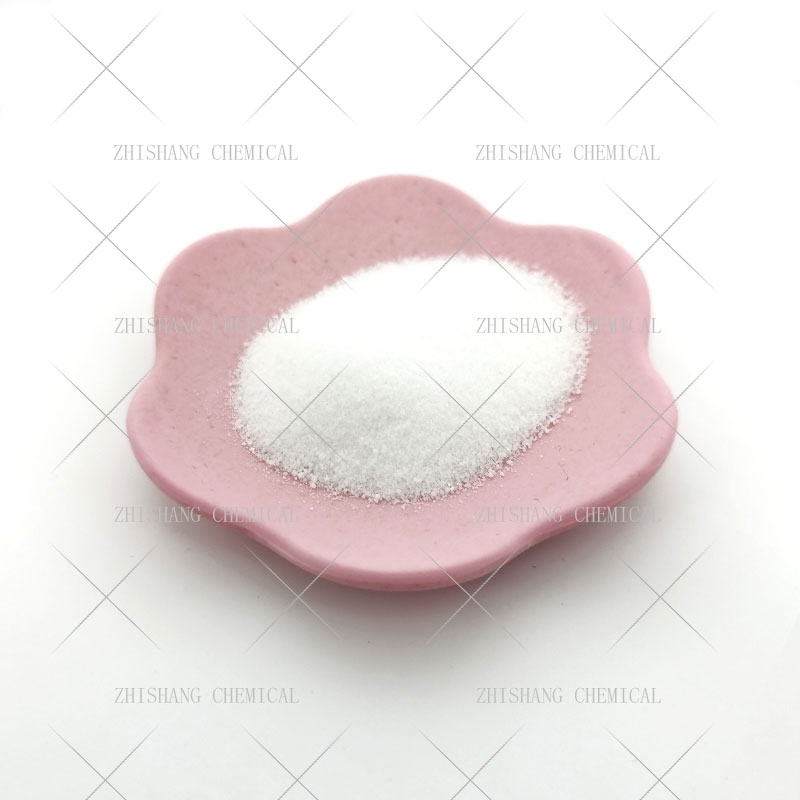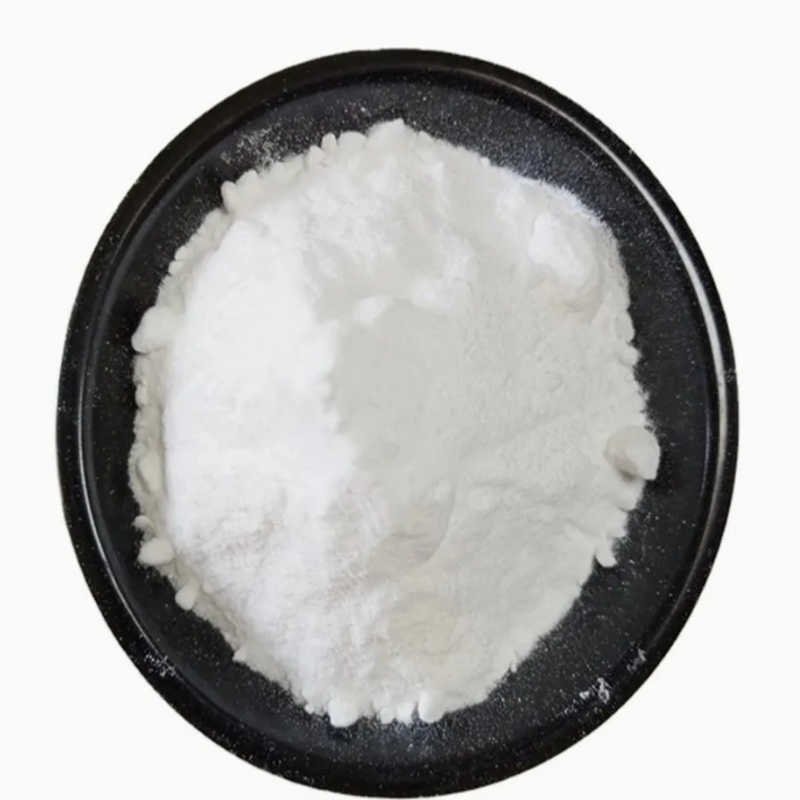-
Categories
-
Pharmaceutical Intermediates
-
Active Pharmaceutical Ingredients
-
Food Additives
- Industrial Coatings
- Agrochemicals
- Dyes and Pigments
- Surfactant
- Flavors and Fragrances
- Chemical Reagents
- Catalyst and Auxiliary
- Natural Products
- Inorganic Chemistry
-
Organic Chemistry
-
Biochemical Engineering
- Analytical Chemistry
-
Cosmetic Ingredient
- Water Treatment Chemical
-
Pharmaceutical Intermediates
Promotion
ECHEMI Mall
Wholesale
Weekly Price
Exhibition
News
-
Trade Service
Synthetic routes of silodosin are various methods that are used to synthesize this compound in the chemical industry.
Silodosin is a phosphodiesterase type 5 inhibitor that is used to treat benign prostatic hyperplasia and is sold under the brand name Rapaflo.
The following are some of the commonly used synthetic routes for silodosin.
- Hydrochlorination of N-[2,6-dichlorophenyl]-5-ethyl-2,3-dihydro-1H-inden-1-amine
This route involves the hydrochlorination of N-[2,6-dichlorophenyl]-5-ethyl-2,3-dihydro-1H-inden-1-amine to produce silodosin.
The hydrochlorination reaction is carried out in the presence of a solvent such as THF or DMF and a catalyst such as hydrogen chloride gas.
The reaction is typically carried out at a temperature of approximately 50-70°C.
- Nitrating of N-[2-chloro-5-[(dibenzylamino)oxy]phenyl]-2,3-dihydro-1H-inden-1-amine
This route involves the nitrating of N-[2-chloro-5-[(dibenzylamino)oxy]phenyl]-2,3-dihydro-1H-inden-1-amine to produce silodosin.
The nitrating reaction is carried out in the presence of a solvent such as DMF and a catalyst such as nitric acid.
The reaction is typically carried out at a temperature of approximately 50-70°C.
- Chlorination of 5-ethyl-2,3-dihydro-1H-inden-1-amine
This route involves the chlorination of 5-ethyl-2,3-dihydro-1H-inden-1-amine to produce silodosin.
The chlorination reaction is carried out in the presence of a solvent such as CHCl3 and a catalyst such as bleach (NaOCl).
The reaction is typically carried out at a temperature of approximately 0-10°C.
- Reduction of 2-chloro-5-[(dibenzylamino) oxy]benzaldehyde
This route involves the reduction of 2-chloro-5-[(dibenzylamino) oxy]benzaldehyde to produce silodosin.
The reduction reaction is carried out in the presence of a reducing agent such as lithium aluminum hydride (LiAlH4) and a solvent such as THF.
The reaction is typically carried out at a temperature of approximately 50-70°C.
In conclusion, the synthetic routes of silodosin involve various methods that are used to synthesize this compound in the chemical industry.
These routes include hydrochlorination of N-[2,6-dichlorophenyl]-5-ethyl-2,3-dihydro-1H-inden-1-amine, nitrating of N-[2-chloro-5-[(dibenzylamino)oxy]phenyl]-2,3-dihydro-1H-inden-1-amine, chlorination of 5-ethyl-2,3-dihydro-1H-inden-1-amine, and reduction of 2-chloro-5-[(dibenzylamino) oxy]benzaldehyde.
The selection of the synthetic route depends on the availability of the starting materials and the desired yield of the product.







